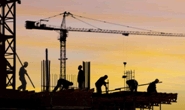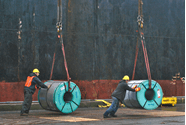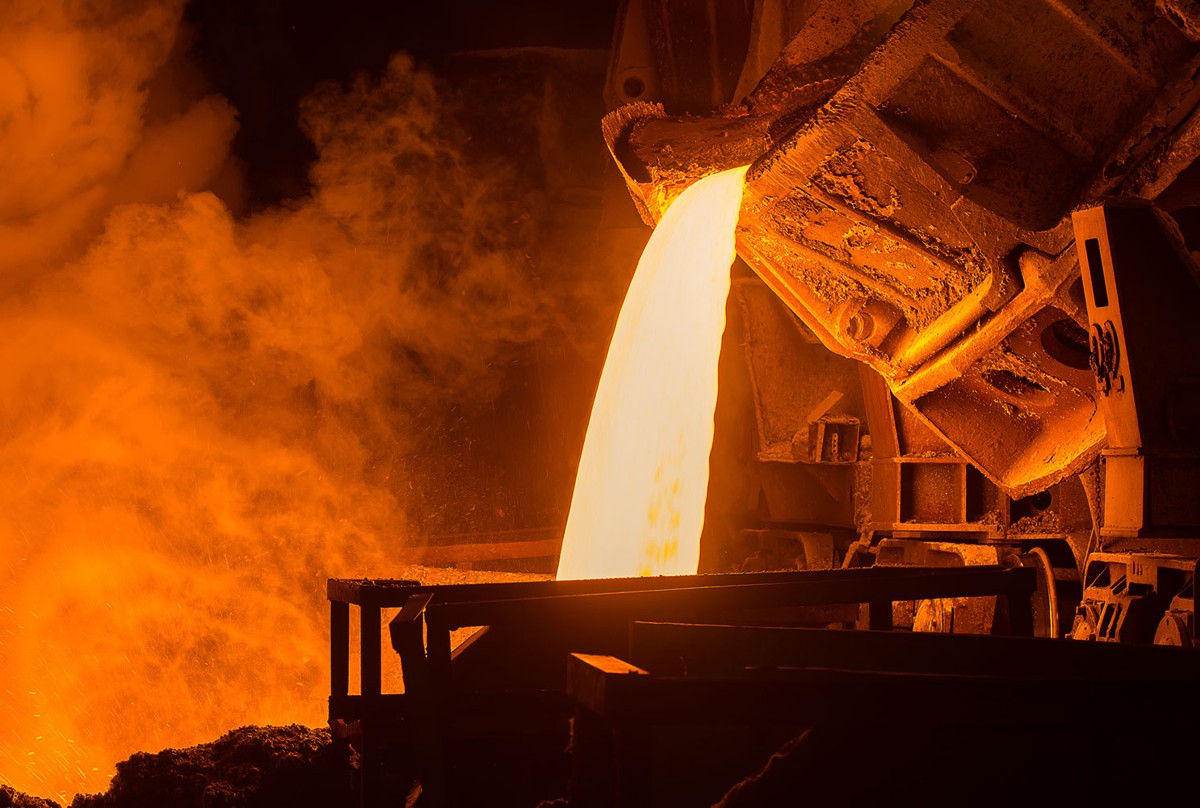Analysis

January 3, 2020
Construction Spending Rises in November
Written by Sandy Williams
Construction spending improved in November, boosting optimism among contractors regarding new projects for 2020. Construction spending rose 4.1 percent to a seasonally adjusted annual rate of $1.324 trillion from November 2018 to November 2019, while industry employment grew in 63 percent or 226 out of 358 metro areas, according to a new analysis of federal data released by the Associated General Contractors of America. Year-over-year increases were seen in all major segments—public, private residential and private nonresidential.
“Both the actual spending totals for November and our members’ expectations for 2020 point to a continuing uptick in construction employment,” said AGC Chief Economist Ken Simonson. “It’s likely that even more metros would have added workers recently if unemployment weren’t at record lows in many areas.”
The Dallas-Plano-Irving, Texas, metro area added the most construction jobs during the past year (15,400 jobs, 10 percent), followed by Las Vegas-Henderson-Paradise, Nev. (11,000 jobs, 17 percent). Las Vegas-Henderson-Paradise had the largest percentage increase, followed by 15-percent gains in Omaha-Council Bluffs, Neb.-Iowa (4,500 jobs), Sioux Falls, S.D. (1,300 jobs) and Auburn-Opelika, Ala. (400 jobs). Construction employment set a new high for November in 71 metro areas and a new November low in six areas.
From November 2018 to November 2019, construction employment fell in 77 metros and was flat in 55. The largest declines occurred in New York City (-6,900 jobs, -4 percent) and Riverside-San Bernardino-Ontario, Calif. (-4,300 jobs, -4 percent). The largest percentage decreases took place in Danville, Ill. (-17 percent, -100 jobs), Fairbanks, Alaska (-12 percent, -300 jobs) and Hartford-West Hartford-East Hartford, Conn. (-11 percent, -2,300 jobs).
A labor shortage continues to plague the industry forcing contractors to boost pay, invest more in training and adopt new labor-saving technologies, said AGC officials. Firms are finding, however, that such measures are not enough to keep pace with growing demand. Many firms report they have raised bid prices or proposed longer construction schedules because of labor shortages.







